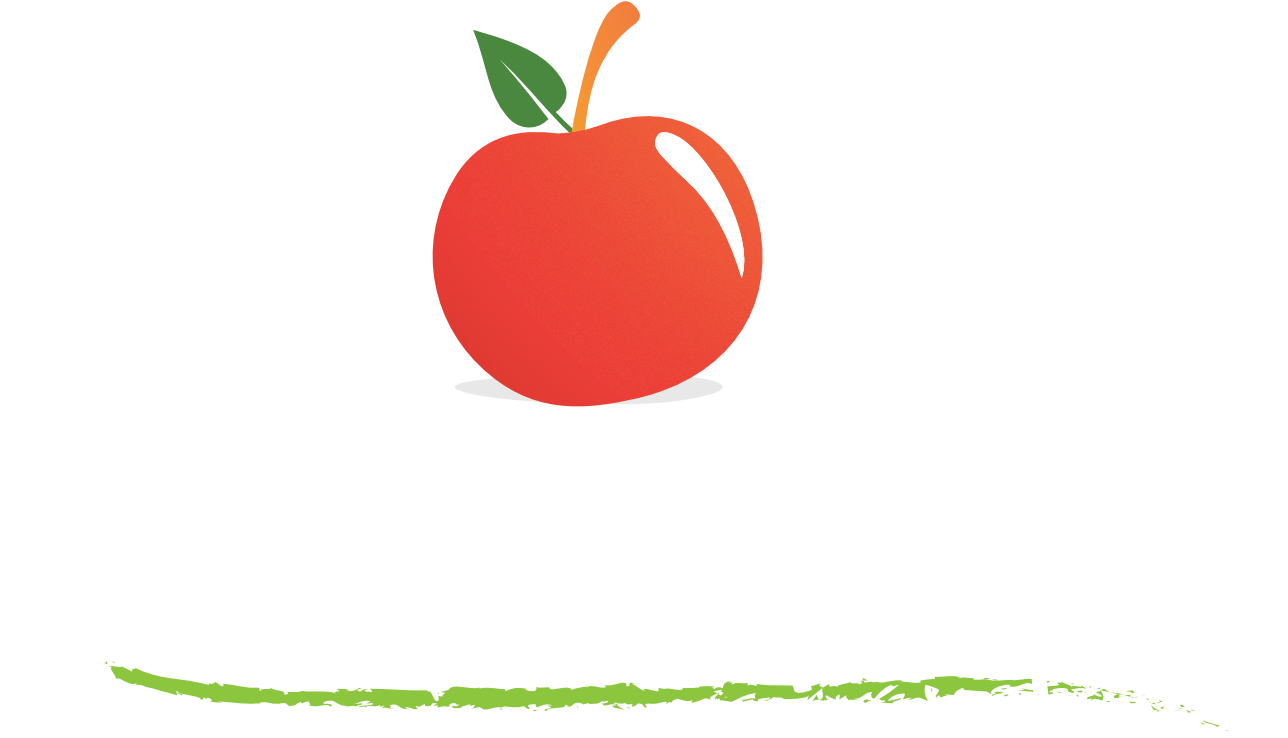Do you know why fibre is essential in your diet? Do you know which are the fibre rich foods? Do you know how much fibre you need daily in your diet?
For this and more read on.
When it comes to what is good for you, many of you will know about carbs, protein, healthy fats and even possibly vitamins and minerals.
However there are other health promoting substances, all of which play an essential role in keeping you healthy.
What is fibre?
- It is found only in plant foods.
- Animal foods e.g. meat, cheese, eggs and dairy do not contain fibre.
- It is a carbohydrate however it is mostly indigestible, so it free of kilojoules / calories.
Types of fibre?
1. Soluble fibre:
- Generally described as mucilaginous or slippery.
- It soaks up water to form a soft gel ensuring our stools are not only bulky but also soft.
- Can contribute to helping you lower reduce LDL (‘bad”) cholesterol, while maintaining HDL (‘good’) cholesterol.
- It can also help relieve constipation and help calm symptoms associated with an irritable bowel.
2. lnsoluble fibre:
- Often described as “roughage” is less digestible.
- Once in the bowel it is fermented by ‘good’ bowel bacteria producing fatty acids that promote and maintain gut health.
- Helps prevent constipation by creating bulky stools.
- It speeds up the transit time of stools helping your body to remove waste and things your body no longer needs.
Fibre foods?
- Soluble fibre is found in fruits and vegetables, some cereals (e.g. oats and barley), psyllium, linseed, slippery elm, and in legumes (dried peas, beans and lentils).
- Insoluble fibre is found predominantly in wholegrain foods (especially wheat bran and rice bran), the skins of fruits and vegetables, nuts and dried beans.
The benefits?
- Appropriate fibre in your eating plan prevents constipation, haemorrhoids and diverticular disease.
- It may also be protective against developing bowel polyps and bowel cancer.
- It is associated with a lower risk of heart disease, high blood pressure, gallbladder disease, obesity and diabetes.
- Foods high in fibre tend to be lower in Gl (glycemic index) and can be useful in weight loss and useful in diabetic diets. (see www.glycemicindex.com)
How much?
- We all need a combination of soluble and insoluble fibre for bowel regularity and to promote good bowel health.
- The best way to achieve this is by including a variety of fruits, vegetables, grains and legumes in your daily eating plan.
- The NHRMC (National Health Medical Research Council) recommend healthy adult men consume approximately 25-30g and women 20-25g of daily fibre and children 10g daily with an additional 1gm per year of age e.g. 12yr old would eat approximately (10+12) 22g.
Fibre meal plan?
- Always aim to spread your fibre across your meals.
- For approx. 38g daily fibre you would eat all meals below.
- For approx. 27g of fibre you would eat the three main meals.
- Breakfast: Porridge with berries: approx. 9.4g
- Morn snack: Medium apple with handful of almonds: approx. 6.9g
- Lunch: Healthy salad including lots of veg e.g. snap/snow peas, carrots, tomatoes, dark green leafy lettuce, red cabbage leaves + avocado: approx. 8.1g
- Aft’n snack: Small-medium banana + handful walnuts plus palm sized piece of chicken: approx. 4.1g
- Dinner: Baked fish served with lots of veg e.g. baked carrots, zucchini, sweet potato with broccoli and cauliflower: approx. 9.5g
More questions?
I invite you to make contact with me.
ciao Jan
